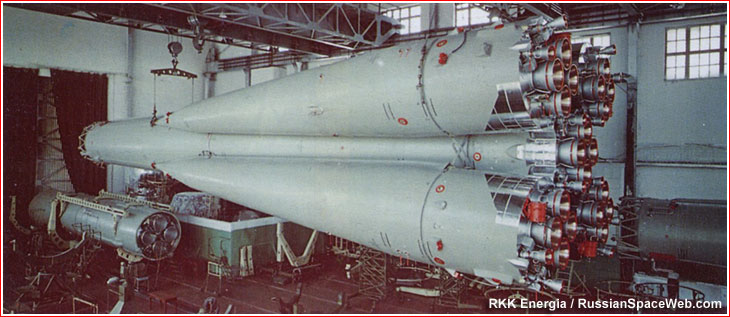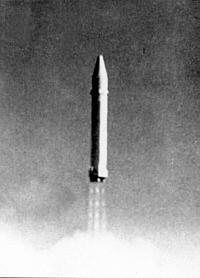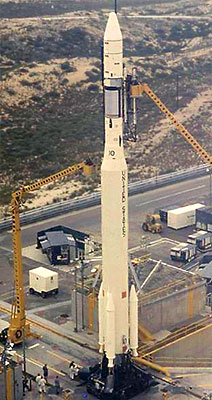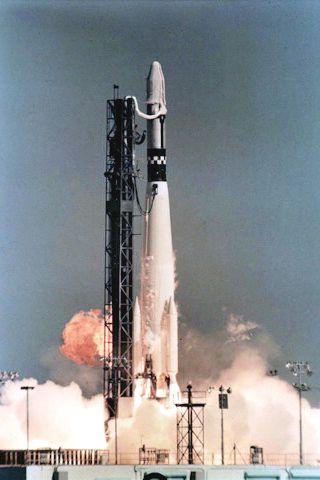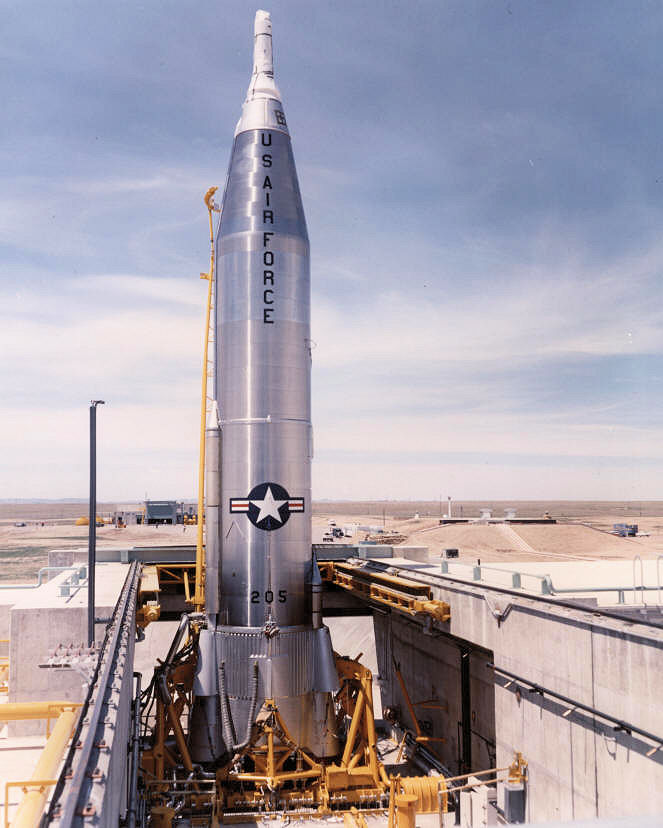Previous Spaceflight Launches
Filter by Agency, Locations or Vehicles
Show All LaunchesKosmos 11K63 | DS-P1-Yu 9
Strategic Rocket Forces | RussiaPlesetsk Cosmodrome, Russian Federation
Aug. 24, 1967, 4:59 a.m.
Thor Burner 2 | DSAP-4A F3
McDonnell Douglas | United States of AmericaVandenberg SFB, CA, USA
Aug. 23, 1967, 4:41 a.m.
Titan IIIB | KH-8 7
Lockheed Martin | United States of AmericaVandenberg SFB, CA, USA
Aug. 16, 1967, 5:07 p.m.
Voskhod | Zenit-4 33
Soviet Space Program | RussiaBaikonur Cosmodrome, Republic of Kazakhstan
Aug. 9, 1967, 5:45 a.m.
R-36O 8K69 | OGCh 12
Yuzhnoye Design Bureau | UkraineBaikonur Cosmodrome, Republic of Kazakhstan
Aug. 8, 1967, 4:05 p.m.
Thorad SLV-2G Agena D | KH-4A 43
McDonnell Douglas | United States of AmericaVandenberg SFB, CA, USA
Aug. 7, 1967, 9:44 p.m.
Atlas SLV-3 Agena D | Lunar Orbiter 5
Convair | United States of AmericaCape Canaveral SFS, FL, USA
Aug. 1, 1967, 10:33 p.m.
R-36O 8K69 | OGCh 11
Yuzhnoye Design Bureau | UkraineBaikonur Cosmodrome, Republic of Kazakhstan
July 31, 1967, 4:45 p.m.
Thor SLV-2A Agena D | OGO 4
McDonnell Douglas | United States of AmericaVandenberg SFB, CA, USA
July 28, 1967, 2:21 p.m.
Atlas D | OV1-11,12,86
Convair | United States of AmericaVandenberg SFB, CA, USA
July 27, 1967, 7 p.m.



